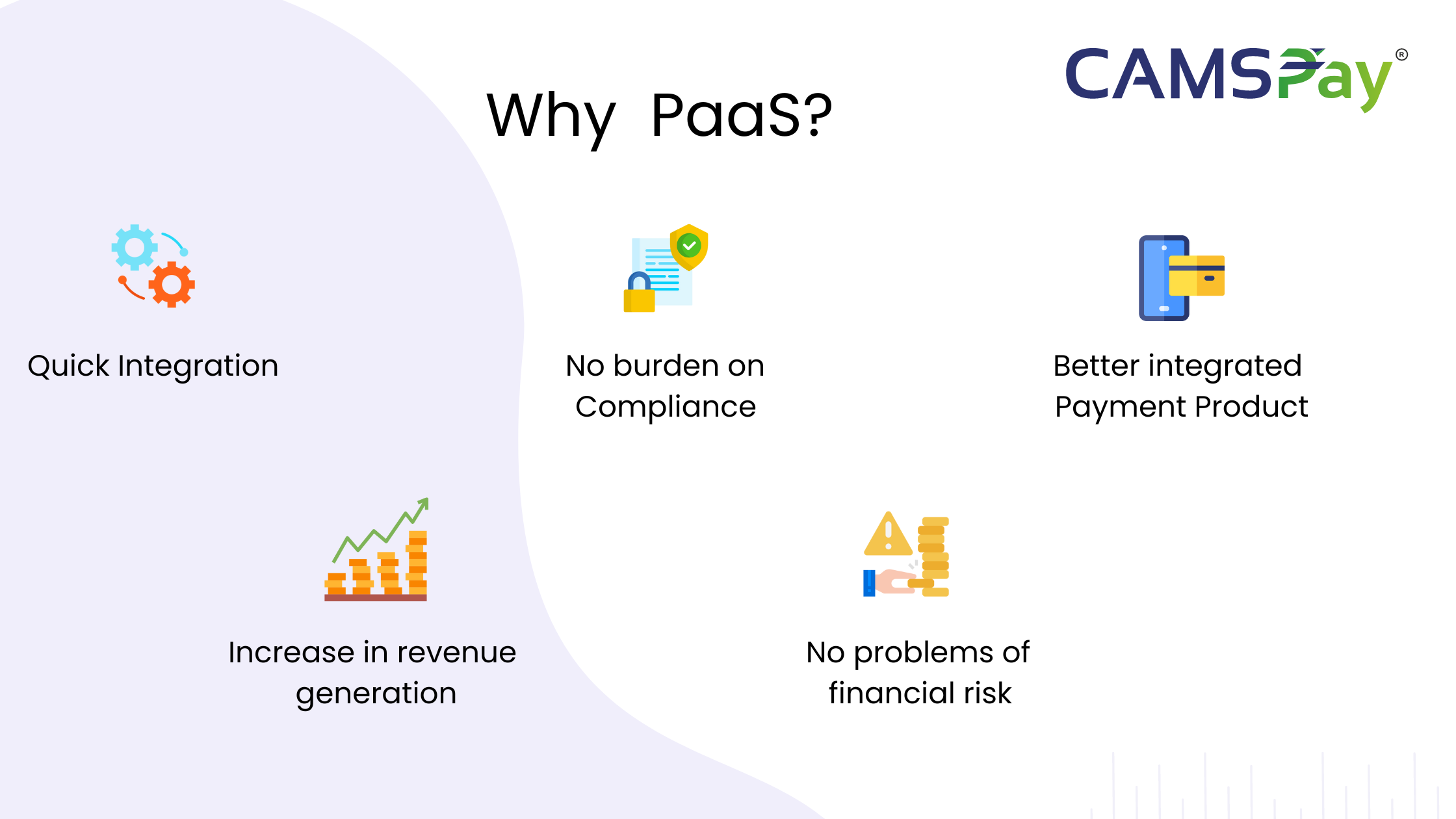The next topic in the series will be about Payment as a Service platform
Imagine you make a payment for an online purchase. Have you ever noticed and wondered how payments are processed in the back-end and how seamless the online customer experiences are? You got it right, there is a medium by which each online transactions take place to ensure a smooth payment experience for the customers.
We are going to discuss one such medium. It is called Payment as a Service. Many financial enterprises do not depend much on their internal platform for the exchange of payments since it involves a high amount of investment and it’s time-consuming. Similarly, small financial entities whose budget is on a shoestring depend on external platforms for digital payment processes.
Here is where PaaS comes into the picture. Platform as a Service is a cloud-based and scalable system that allows end-users to facilitate payment services, generate revenue, minimize risk and time taken for integration. Thus, it is a lucrative suite for the digital payments industry.
Financial entities trying to corner the market always aim toward providing cutting-edge technology to the end-users. So, why PaaS?

The increased force of competition makes companies foster innovations to ensure sustenance in the long run. To maintain a competitive edge, companies focus on reducing costs to stay well ahead while looking on their margins. Increased security has been put up as a major objective for companies to reduce threats and frauds. The following are the challenges companies face in the current world:
Maintaining low cost of ownership:
As discussed above, companies try to maintain their cost to offer better services to their customers. By incorporating the payment model, players have to undergo costs for building full-stack payment, which include licensing costs, compliance, technology costs, updating, and program management costs.
Meeting industry demands: The advent of innovations and developments have kept the expectation of the consumers above the bar. Increased security, value-added services such as fraud prevention, account reconciliation, and multi-currency payment services have made companies constantly improve. Many financial institutions find it challenging to stay at the same pace. Hence, outsourcing payment functions can be a great option for financial institutions.
PaaS service providers extend their offerings to many banks and financial institutions by integrating with them through the API. To eradicate this, PaaS has surely become a safe bet by helping them to stay at the forefront. To explain briefly, companies on a long quest for cloud-based payment service providing technology have finally arrived thus helping them to kickstart their business in a full-swing. On the other hand, PaaS has helped them to behold and be mindful of the online threats by reducing online frauds and improving customer security. To be pertinent, PaaS has created a unified platform and a streamlined medium for digital payments. Thus, the future is very well bright and financial institutions can take the upper hand by leveraging PaaS to improve their efficiency and effectiveness in the future.
To learn more, visit our CAMSPay website.
« Back
Leave a Reply